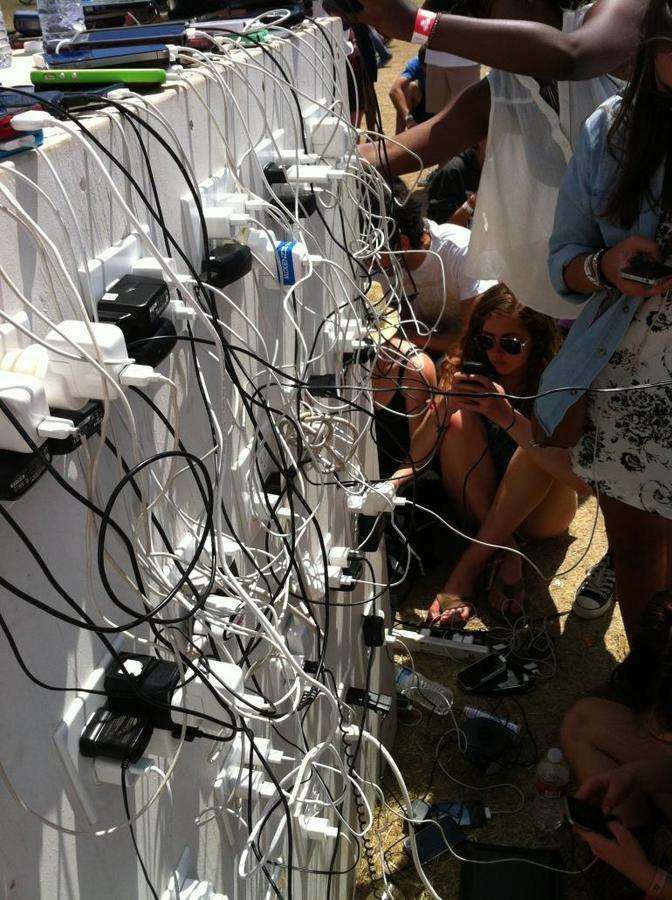Our brains are not trays at an all-you-can-eat buffet.
Just like we should care about what and how much we eat,
we should pay attention to the quantity and quality of the information we consume.
Remember that what junk food does to our bodies is not much different from what junk content does to our minds. And with such amount of information readily available to us at any given moment, it’s important to mindful of when our brains are full and need a chance to digest.
Adopting simple rituals is a wonderful way to reconnect to food. But if your practices become rigid, they can backfire. The point of any ritual is to relax and connect. Below are a few suggestions to help make your mealtimes more meaningful, even when the dining table looks a lot like your desk.
when we engage in a ritual — any ritual — before eating, our food enjoyment increases.






Any serious inquiry into contemporary design must be a journey into the trials and tribulations of capitalism and modernity, from the birth of industrialism to cutting- edge globalization and technological development. This is of course beyond the reach of this short book, yet some general remarks are in order. Design has doubtlessly been a central political technology of modernity. Regardless of where one situates the origin of design— whether with the first use of tools by early humans, the budding technological imagination of the Renaissance, the Industrial Revolution, or nineteenth- century modernism— the fact remains that as an aspect of everyday life design takes off with mo-dernity.
With the full development of the Industrial Revolution in the mid-nineteenth century, industrial design came to the fore as a field. After a period of uneasy relations with the arts and crafts movement, which tried to counteract the ascendancy of “the world of machines” during the second half of the nineteenth century, by the time modernism emerged in the twentieth-century design had become inextricably wedded to functionalism.
contextual; seek to make the processes and structures that surround us intelligible and knowable so as to induce ecological and systems literacy among users; and so forth. Above all, to go back to the normative question, there is an attempt to construct alternative cultural visions as drivers of social transformation through design. Design as a Situated and Interactive Practice
Te increasingly pervasive character of computing in everyday life has fostered concrete questions and design challenges— from “Are ‘smart devices’ really smart, or are they rather making people more stupid?” to questions about interactivity, networks, space and place, an embodiment. The mood is to go beyond the early fascination with information and communication technologies of the 1980s and 1990s (and allied concepts such as virtual reality and cyberspace; see Escobar 1994; Laurel 2001) and a narrow focus on human-computer interfaces toward a more expansive field, variously referred to as “information technologies and creative practices” (Mitchell, Inouye, and Blumenthal 2003) or “interaction design practices” (McCullough 2004; see, e.g., p. 163 for a “manifesto for interactive design”).


